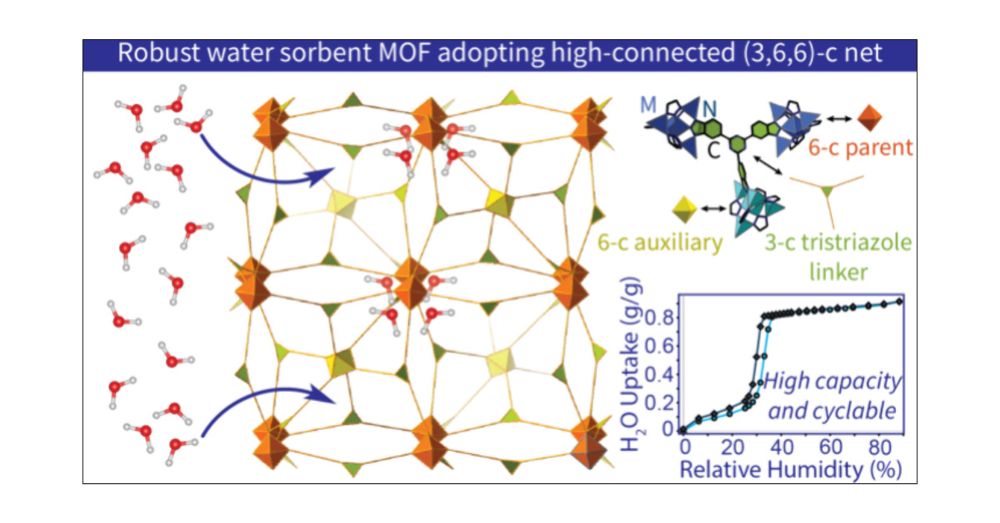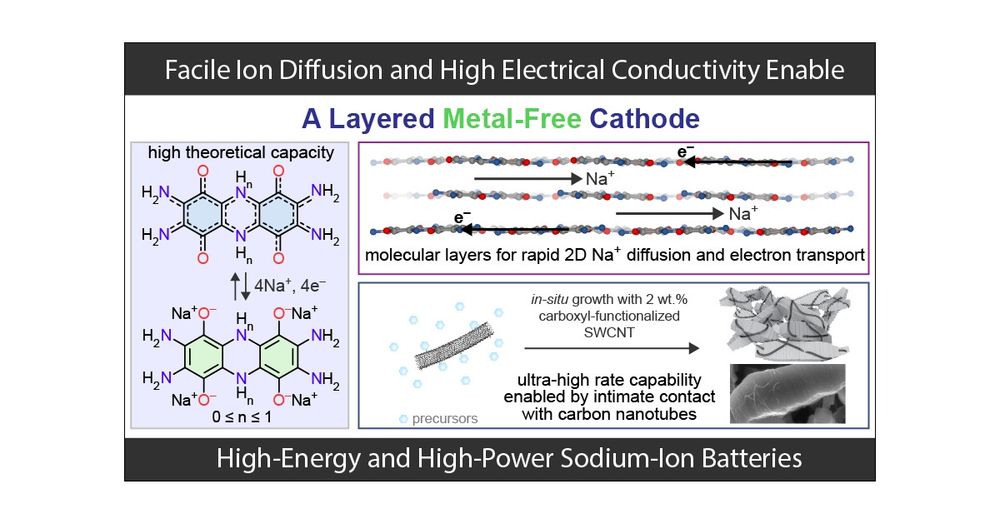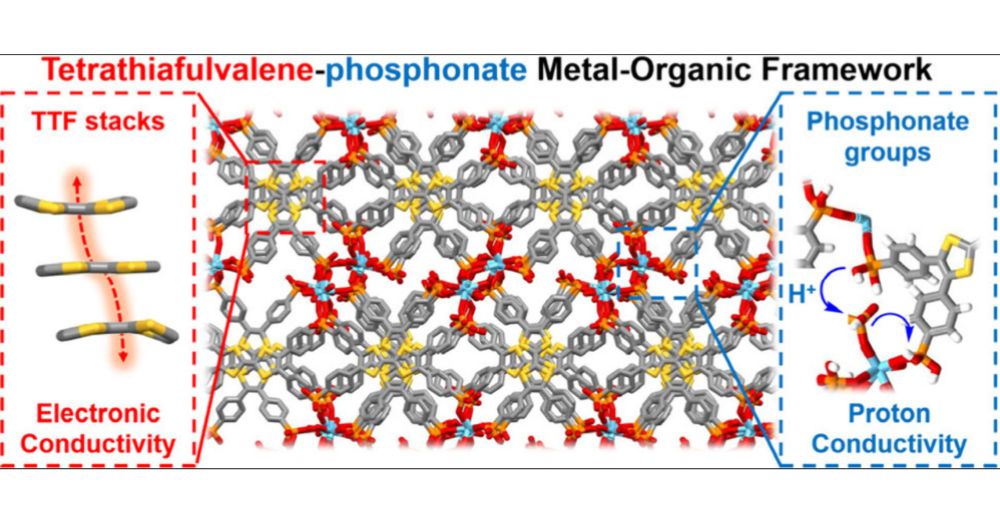Alice performed one of the most detailed studies of MOF ion conductivity, rationalizing trends in cation type, charge carrier conc., and vacancy sites based on structure.
pubs.acs.org/doi/10.1021/...

Alice performed one of the most detailed studies of MOF ion conductivity, rationalizing trends in cation type, charge carrier conc., and vacancy sites based on structure.
pubs.acs.org/doi/10.1021/...

Chris will deliver his Lectureship at the 2025 #ChemSciSymposium on 18-19 November in London, UK: rsc.li/chemscisymp2025
#ChemSky #🧪






Synthesis of energy or health materials / advanced characterization methods / solid-state and DNP NMR
International/National deadline is Feb 1, 2025
Contact us for more info. #chemsky General program details: www.ualberta.ca/en/graduate-...
Synthesis of energy or health materials / advanced characterization methods / solid-state and DNP NMR
International/National deadline is Feb 1, 2025
Contact us for more info. #chemsky General program details: www.ualberta.ca/en/graduate-...


